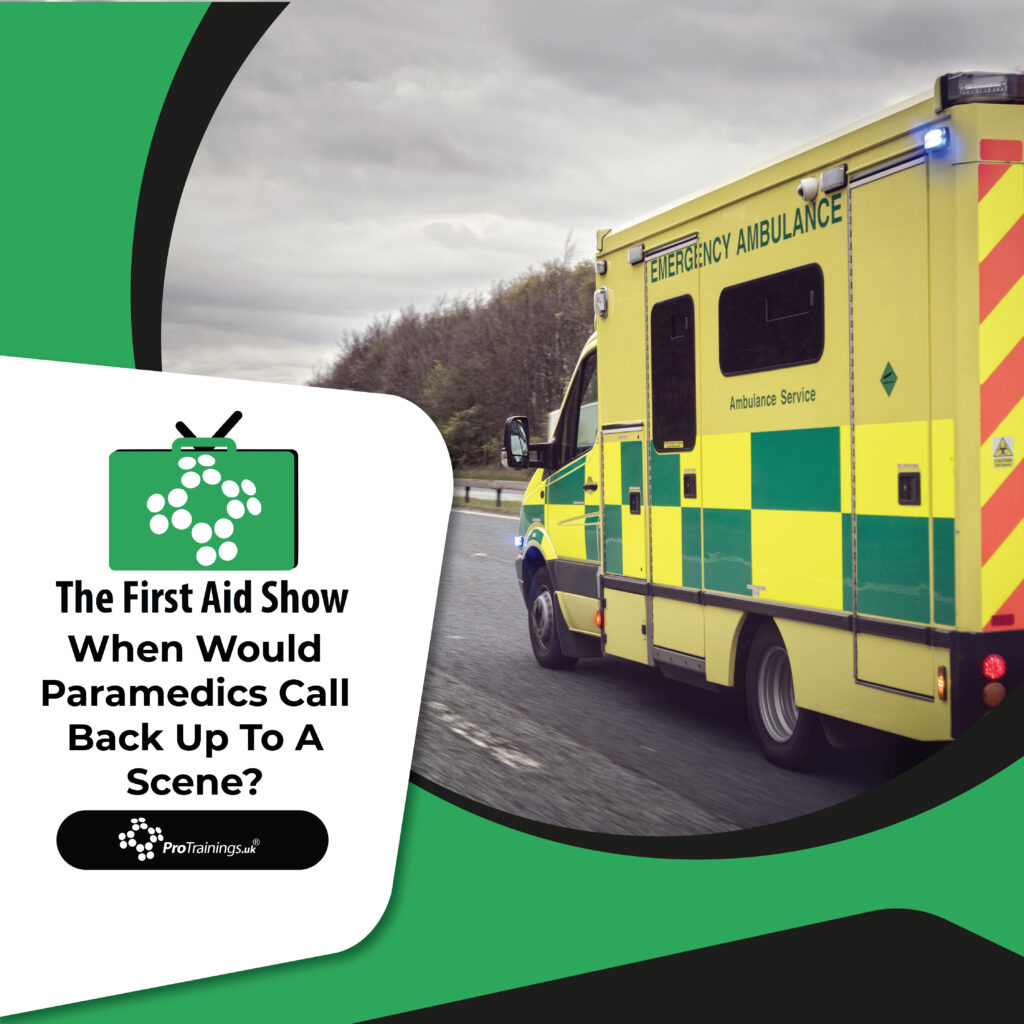When Do Paramedics Call for Backup?
Welcome to this edition of the First Aid Show. Today, we delve into the protocols that guide paramedics in calling for additional medical assistance during emergencies.
Types of Emergency Response Vehicles
Paramedics operate from various platforms, including rapid response cars and ambulances. These vehicles enable them to reach emergencies swiftly and provide essential first aid while awaiting further support.
Rapid Response and Specialist Skills
Rapid response vehicles often carry critical care paramedics who possess advanced skills and a broader range of medical treatments. These specialists play a crucial role in managing severe cases until additional support vehicles arrive.
Calling for Advanced Medical Support
In situations where a patient’s condition is dire—such as cardiac arrests or severe trauma—paramedics may request additional resources. This might include multiple ambulances or specialised teams equipped with advanced life-saving skills and equipment.
Integration with Voluntary and Charity Services
Across the UK, voluntary groups and charity organisations often provide critical support. These teams, which include doctors and paramedics, bring an elevated level of medical care directly to the scene, enhancing the capabilities of standard EMS teams.
Role of Air Ambulance Services
The Air Ambulance service, staffed with doctors and advanced paramedics, represents the pinnacle of pre-hospital critical care. These teams deliver hospital-level interventions directly to the site of the emergency, often carrying essential supplies like blood products.
Collaborative Emergency Management
The decision to escalate a response and call in specialised teams is critical. It ensures that patients receive the best possible care during golden hours when treatment is most crucial. Such decisions are continuously supported by thorough assessments of the emergency and the patient’s immediate needs.
Conclusion
The ability to call and coordinate with backup teams is a vital part of EMS operations. It ensures that every patient receives optimal care tailored to the severity and specifics of their situation.


